Are you wondering how to make the Thanksgiving season a memorable and enriching experience for your ESL newcomer students?
In this blog post I will share some tips about how I introduce and teach Thanksgiving vocabulary to my ESL newcomers through fun and engaging vocabulary games, scaffolded writing craft, and speaking activities.
How to Assess What They Know and Build Background Knowledge?
I often use the Color-Symbol-Image Critical Thinking Graphic Organizer, especially when introducing new, content-rich topics or vocabulary rich concepts (social studies).
Visual Interpretation: ELLs often find it challenging to express themselves verbally. The Color-Symbol-Image routine bridges this gap by allowing students to convey their thoughts visually. They can use colors, symbols, and images to communicate their understanding of Thanksgiving, making it accessible for learners at various language proficiency levels.
Cultural Associations: Thanksgiving is laden with cultural symbols and traditions. ELLs may not have the linguistic prowess to articulate these, but with Color-Symbol-Image, they can represent cultural aspects through visuals. This aids in cultural integration and understanding.
How Do I Use It?
Scaffolding Support: I provide versions with and without scaffolds to cater to the diverse needs of my ELLs. Those who require additional support can use sentence stems or visual prompts to enhance their responses.
Individual Expression: ELLs can express themselves individually, showcasing their unique perspectives. This activity becomes a platform for personal expression, building confidence in using the English language.
2. ESL See-Think-Wonder Thinking Routine Graphic Organizers:
Benefits for ELLs:
Structured Reflection: ELLs benefit from structured routines, and See-Think-Wonder provides just that. It guides students through a thoughtful process of reflecting on
- What they see: stage #1: literal observations, one word answers are acceptable)- assess their vocabulary, illicit complex vocabulary, assess background knowledge
- What they think: stage #2: students are asked to add thinking to their observations, dig deeper (that is what critical thinking is about- going below the surface of things)
- What they wonder: stage #3: students are asked to jot down their wonderings and questions.
See -Think -Wonder structure is particularly helpful for ELLs who may find open-ended discussions challenging. Here everything is broken down into smaller, more manageable steps.
Another benefit of this routine is that it can be used with mixed leveled classes, various proficiency levels, and because it is open ended, there are no right or wrong answers as long as students are able to explain their thinking through speaking, drawing or writing.
Vocabulary Elicitation: This routine encourages ELLs to elicit vocabulary related to Thanksgiving and its history. By guiding their thoughts through a systematic process, See-Think-Wonder helps build and activate their vocabulary.
How Do I Use It?
Variety of Versions: I offer various versions of the organizers with or without sentence stems and guiding questions. This diversity caters to different learning preferences and allows for flexibility in how ELLs engage with the material.
Peer Collaboration: ELLs often thrive in collaborative settings. I encourage peer collaboration during the See-Think-Wonder activity, allowing students to share their thoughts, learn from each other, and collectively build a more comprehensive understanding.
Incorporating Project Zero (Harvard University) routines like Color-Symbol-Image and See-Think-Wonder into activities related to Thanksgiving history ensures that ELLs have a structured, visually supported approach to exploring and expressing their understanding. These routines not only enhance language development but also create an inclusive and engaging learning environment for all students.
Research-Based Practices in Action:
Picture Word Induction Model (PWIM) and Thanksgiving Vocabulary Memory Games are highly beneficial for English Language Learners (ELLs) in several ways:
Why PWIM (Picture Word Induction Model) is so beneficial with newcomer ELLS?
Visual Association: ELLs often face challenges in connecting words with their meanings. PWIM addresses this by using visuals, aiding in creating strong associations between words and images. This is especially helpful when teaching Thanksgiving vocabulary, as students can visually connect words like "turkey," "pilgrim," and "harvest" with corresponding images.
Comprehension Enhancement: Visual aids provided by PWIM enhance overall comprehension. ELLs can grasp the meaning of Thanksgiving-related terms more effectively, even if they are still developing their English language skills.
Cultural Understanding: Thanksgiving is a culturally rich topic, and PWIM allows ELLs to delve into cultural aspects through visual exploration. It bridges language and cultural understanding simultaneously.
Why Do I Love ESL Thanksgiving Vocabulary Memory Games So Much?
Engagement and Motivation: Memory games add an element of play and competition, making the learning process enjoyable for ELLs. This engagement boosts motivation, encouraging active participation and retention of Thanksgiving vocabulary.
Repetition in a Fun Format: Memory games involve repetition in a playful context. ELLs can repeatedly encounter and recall Thanksgiving-related words while having fun, reinforcing their understanding through enjoyable repetition.
Contextual Learning: Memory games provide a context for vocabulary use. ELLs not only learn words but also understand how they relate to each other within the theme of Thanksgiving. This contextual learning aids in practical language application.
Social Interaction: Many memory games are designed for group play, fostering social interaction. ELLs can communicate, collaborate, and practice speaking as they engage in the game, contributing to their overall language development.
Internalization of Vocabulary: Through the interactive nature of memory games, ELLs internalize Thanksgiving vocabulary more effectively. The hands-on approach helps in reinforcing word meanings and usage.
How do I move from Speaking and Vocabulary to Writing?
Finally, I always try to incorporate elements of writing into my lessons using previously taught and practiced vocabulary words. Depending on the proficiency level of my students and their grade level, I may ask them to complete different writing tasks. My newcomers may simply fill in the gaps using picture cards. My intermediate ELLs might utilize the cards to craft their own sentences on the topic of Thanksgiving, employing sentence stems. Additionally, my intermediate students may compare Thanksgiving now and in the past. This provides a perfect occasion for me to either introduce or reintroduce the Simple Past tense along with regular and irregular verbs.
In summary, PWIM, Thanksgiving Vocabulary Memory Games and Thinking Routines serve as valuable tools for ELLs by providing visual support, enhancing comprehension, fostering engagement, and promoting contextual and interactive learning. These strategies not only aid in language development but also make the process enjoyable for English Language Learners.
Check out this FREEBIE! Click on the image to access it!
Happy Teaching
ESL Resource Meet
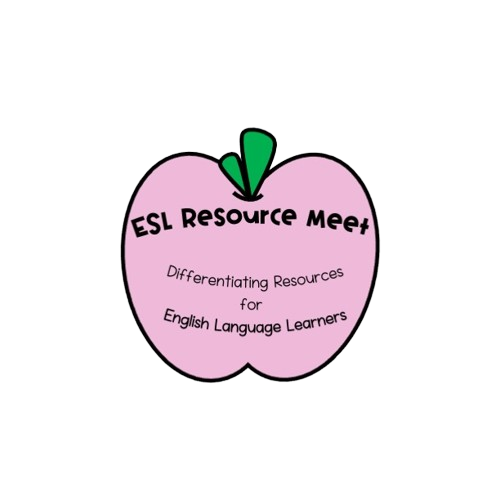






















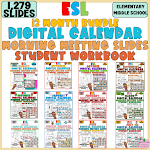




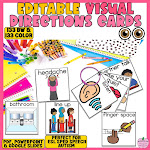




































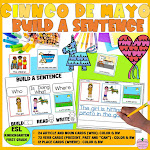







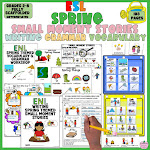




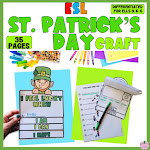
















































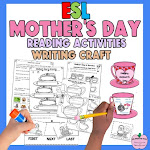
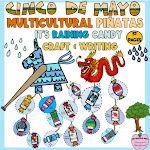
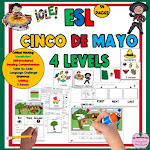
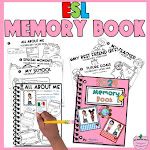




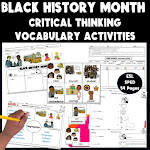
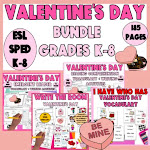
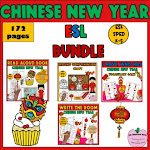

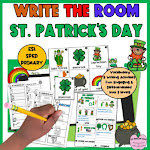
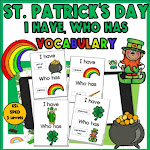
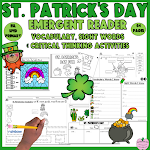



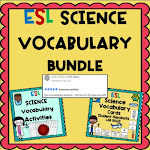




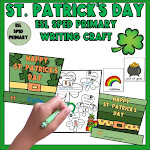

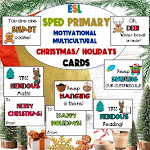
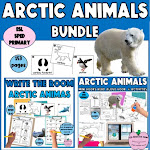

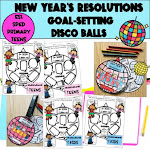
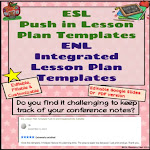



0 Comments